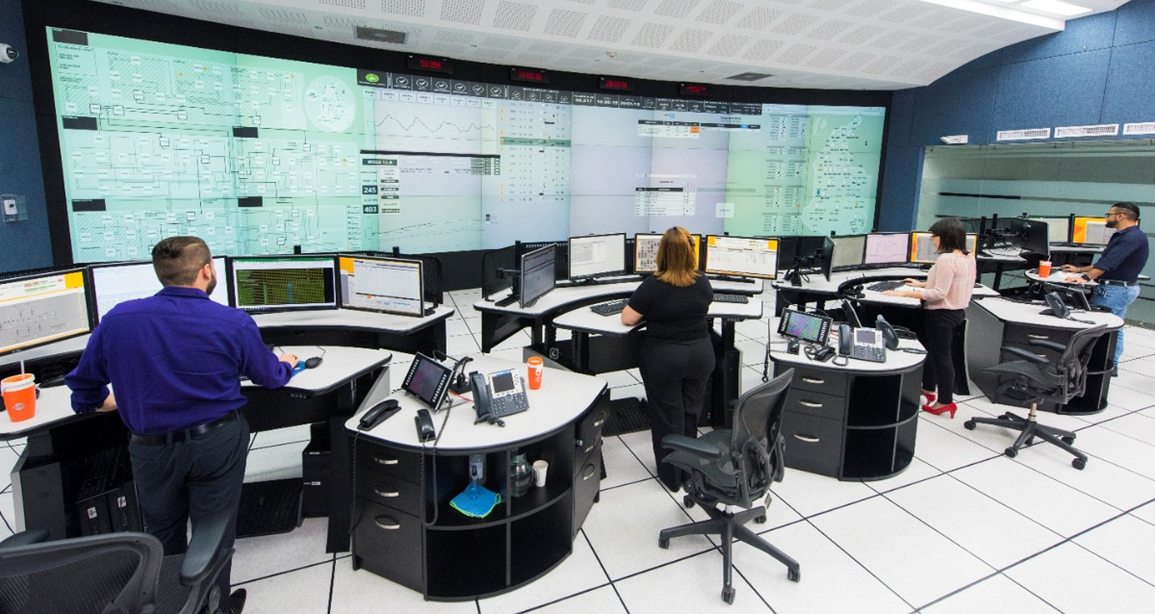NGSO satellites include low earth orbit (LEO) and medium earth orbit (MEO) satellites.
The new and growing demand for non-geostationary orbits in the satellite connectivity market has impacted the fixed-satellite services sector, and more and more operators are opting to implement multi-orbit strategies.
The main objective of these strategies is to benefit from the synergies resulting from the integration of satellites operating in GEO and NGSO (Non-Geostationary Orbits), which will allow operators and service providers to expand their businesses.
1. Geostationary Orbit (GEO) Satellites
- Altitude: They are located at a fixed altitude of approximately 35,786 kilometers above the Earth's equator.
- Orbital Speed: They have an orbital speed that matches the Earth's rotation, allowing them to remain fixed over a specific point on the Earth's surface.
- Orbital Period: They complete one orbit around the Earth in approximately 24 hours, which is the same time it takes the Earth to complete one rotation.
- Fixed Coverage: They provide constant and continuous coverage over a specific region of the Earth. This is particularly beneficial for services that require a constant connection, such as satellite television broadcasting and communication services.
- Communications: GEO satellites are commonly used for telecommunications services, satellite television broadcasting, long-range satellite communications, and mobile phone services.
- Meteorological Observation: Some GEO satellites are also used for meteorological observation, providing real-time images of weather phenomena and atmospheric conditions.
- Challenges: Due to their fixed location on the equator, the effective coverage of GEO satellites decreases as you move away from this line. Additionally, communications latency can be higher compared to satellites in lower orbits, such as low-Earth orbit (LEO) satellites.
Advantages of GEO Technology
- Highly specialized sales support models with extensive understanding of the client's economic sector, allowing for customized product design, local technical support, and after-sales service.
- Unlimited usage
- Internet and data solutions.
- Guaranteed solutions (25%, 50%, 75%, and 100%)
- Suitable for mission-critical operations.
- Strict compliance with SLAs.
- Equipment is provided on loan as part of the service.
- User information resides in the country via a secure connection.
- Agreed terms backed by a contract.
- GEO solutions have all the security protocols to protect client information.
- Public IP addresses registered in each country.
GEO Technology Use Cases
- Critical connectivity requirements with high levels of security, for example, operations reporting to regulatory entities (Oil & Gas, Government, Mining, Energy).
- Mobile operators (MNOs) requiring custom-designed satellite cellular backhaul solutions with monitoring and control tools.
- Maritime sector with self-stabilizing solutions that guarantee 100% service.
- Companies that require data transmission (telemetry, SCADA, electronic tolls, etc.)
In short, satellites in geostationary orbit are essential for providing services that require constant coverage over specific areas, such as television transmission, telecommunications, and meteorological observation.
2. Low Orbit (LEO) Satellites
- Altitude: LEO satellites are located at relatively low altitudes, generally between 160 and 2,000 kilometers above the Earth's surface.
- Orbital Speed: They have higher orbital speeds compared to satellites in higher orbits. This is due to their proximity to Earth and the need to maintain orbit.
- Orbital Period: They complete one orbit around the Earth in a relatively short period of time, generally between 90 and 120 minutes. This means they have frequent revisits to a specific location on Earth.
- Applications: LEO satellites are used in a variety of applications, such as Earth observation, environmental monitoring, scientific research, telecommunications, satellite internet, and global positioning systems (GPS).
- Satellite Constellations: LEO satellite constellations have been developed, consisting of groups of satellites that work together to provide global coverage and improve connectivity and observation efficiency.
- Challenges: Due to their rapid movement and proximity to Earth, LEO satellites have limited visibility from a specific location on the Earth's surface. This requires a larger number of satellites to ensure continuous coverage.
Advantages of LEO Technology
- Low prices.
- High speeds.
- Low latency, providing a fast browsing experience.
- Self-managed purchase and installation.
- No contract lock-in.
Use cases for LEO Technology
This service is ideal for:
- Standard browsing
- Home, entertainment,
- Hotels to provide guest connectivity, and catering companies.
- Applications that do not require high data security but require high power consumption and speeds.
- Streaming and gaming
- Balancing non-critical applications
- Disaster relief requiring rapid information delivery
In short, LEO satellites are critical for various applications and play an important role in the development of space technologies and satellite services.
A hybrid world, in which joint solutions complement GEO, LEO, and MEO services in hard-to-reach areas in large connectivity projects, appears to be the answer to combating the digital divide.


